ANALYSIS: The fascinating design features – and Red Bull cues – on AlphaTauri’s AT03

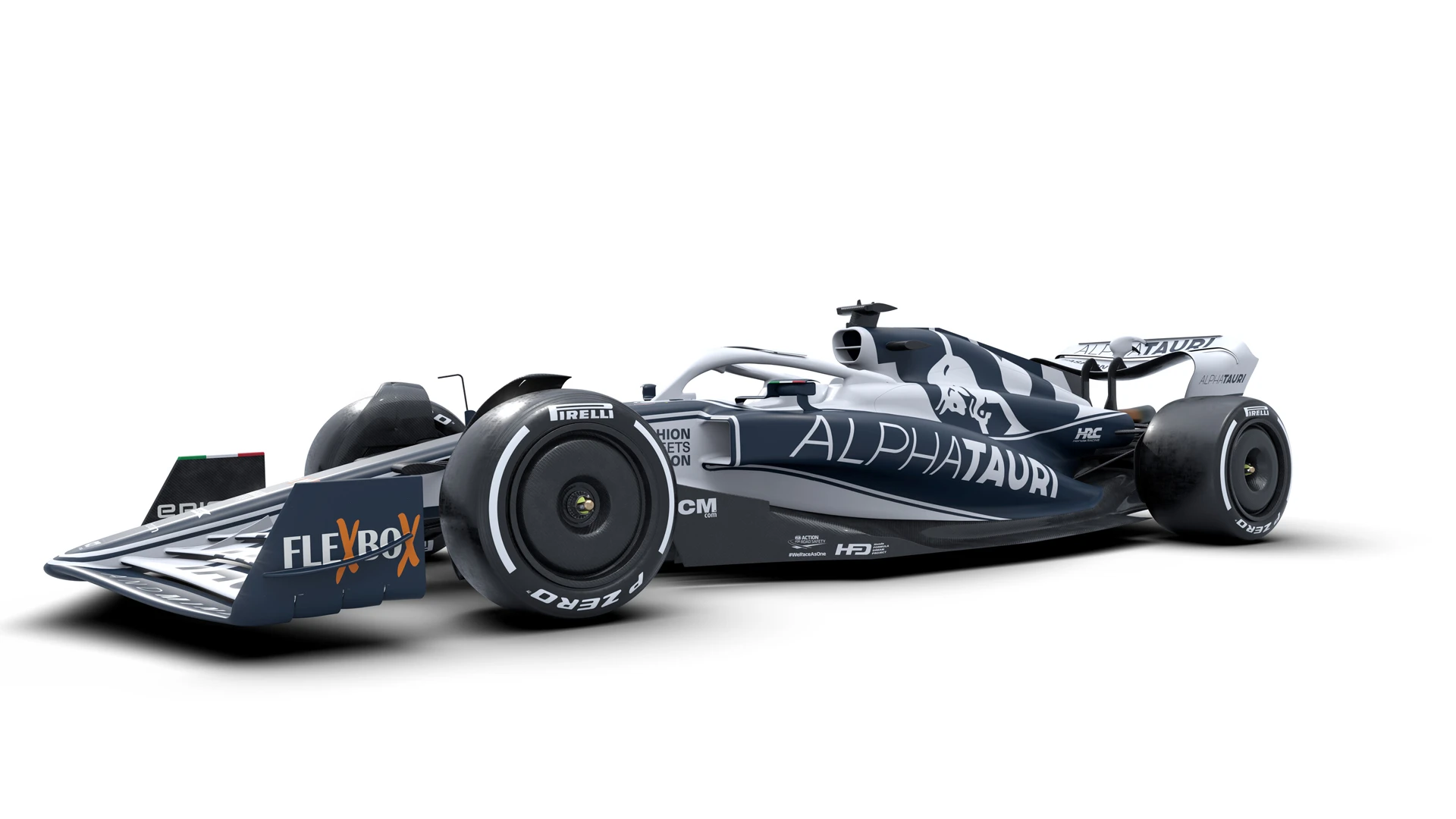
AlphaTauri’s digital rendering of their new AT03 shows a very elegant-looking interpretation of the all-new aero regulations with similar key features to cars already launched by Haas, McLaren and Aston Martin – but combined in a different way.
Compact cooling
It’s apparent from the shaping of the sidepod and engine cover that the Jody Egginton-led technical team have found a very compact cooling arrangement compared to those on the Aston Martin and McLaren.
The AT03 features high-shouldered sidepods, which are both heavily ramped downwards and significantly undercut at the front, without having to raise the radiators up (as per Aston) or forgoing the undercut and using the engine cover bodywork to house much of the cooling channels (as per the McLaren).
That suggests the Honda-based power unit may need less cooling than the Mercedes.
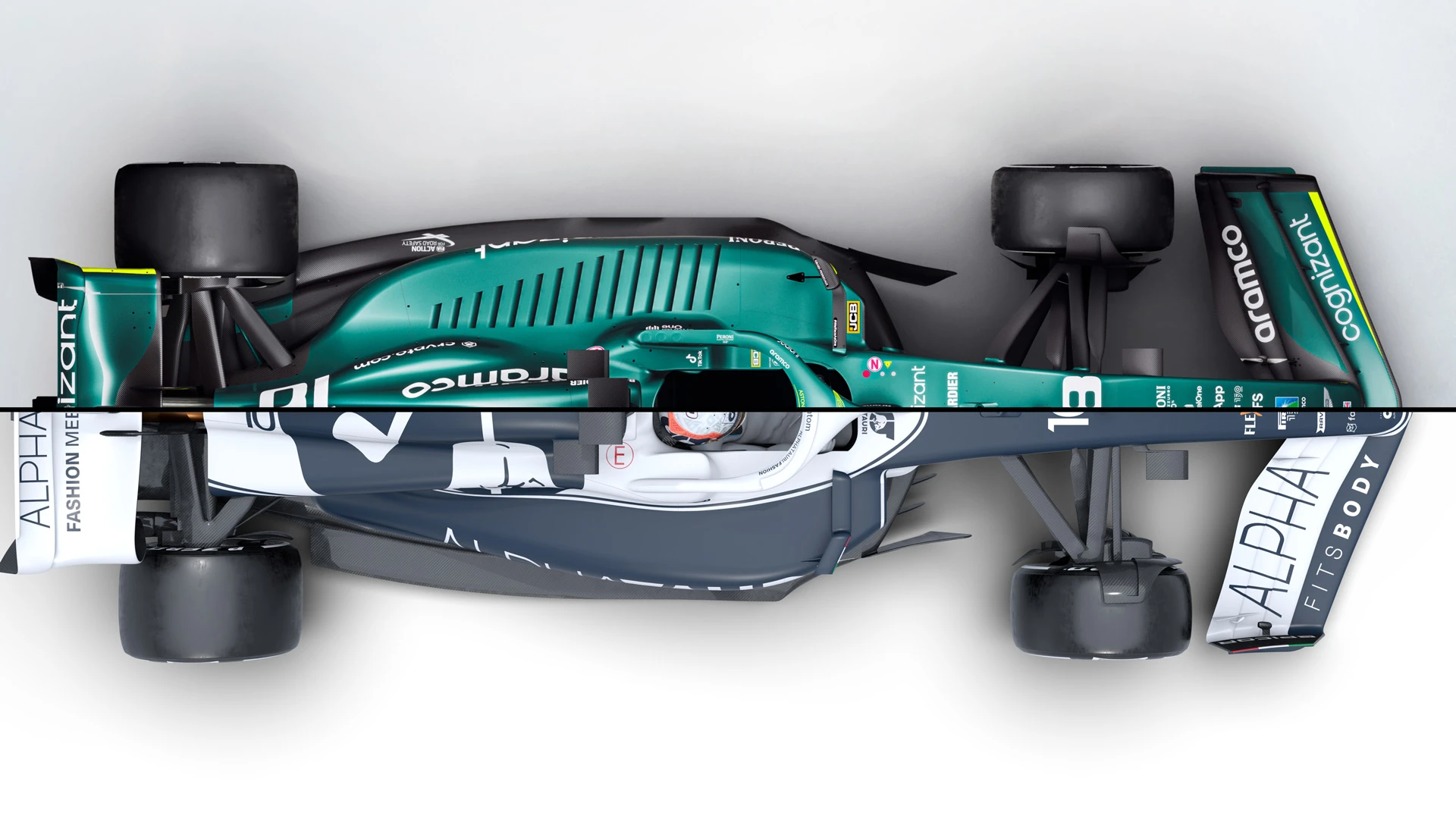
In terms of suspension, the car has retained the pushrod layout at the front and pullrod at the rear (unlike the McLaren, which has reversed that tradition).
The front wing profile shown (which may not be the one it actually appears with at Barcelona testing) is quite similar to that of the McLaren, with a heavily contoured middle section for each of the four elements, falling away sharply at the ouboard ends, probably to aid easier outwash around the front wheel. However, unlike any of the other cars so far seen, the nose tip extends beyond the bottom element of the wing.
The rectangular radiator inlets at the front of the sidepods, and the sharp-angled bodywork linking them to the sides of the sidepods, is a very similar treatment to that seen on the Aston Martin.
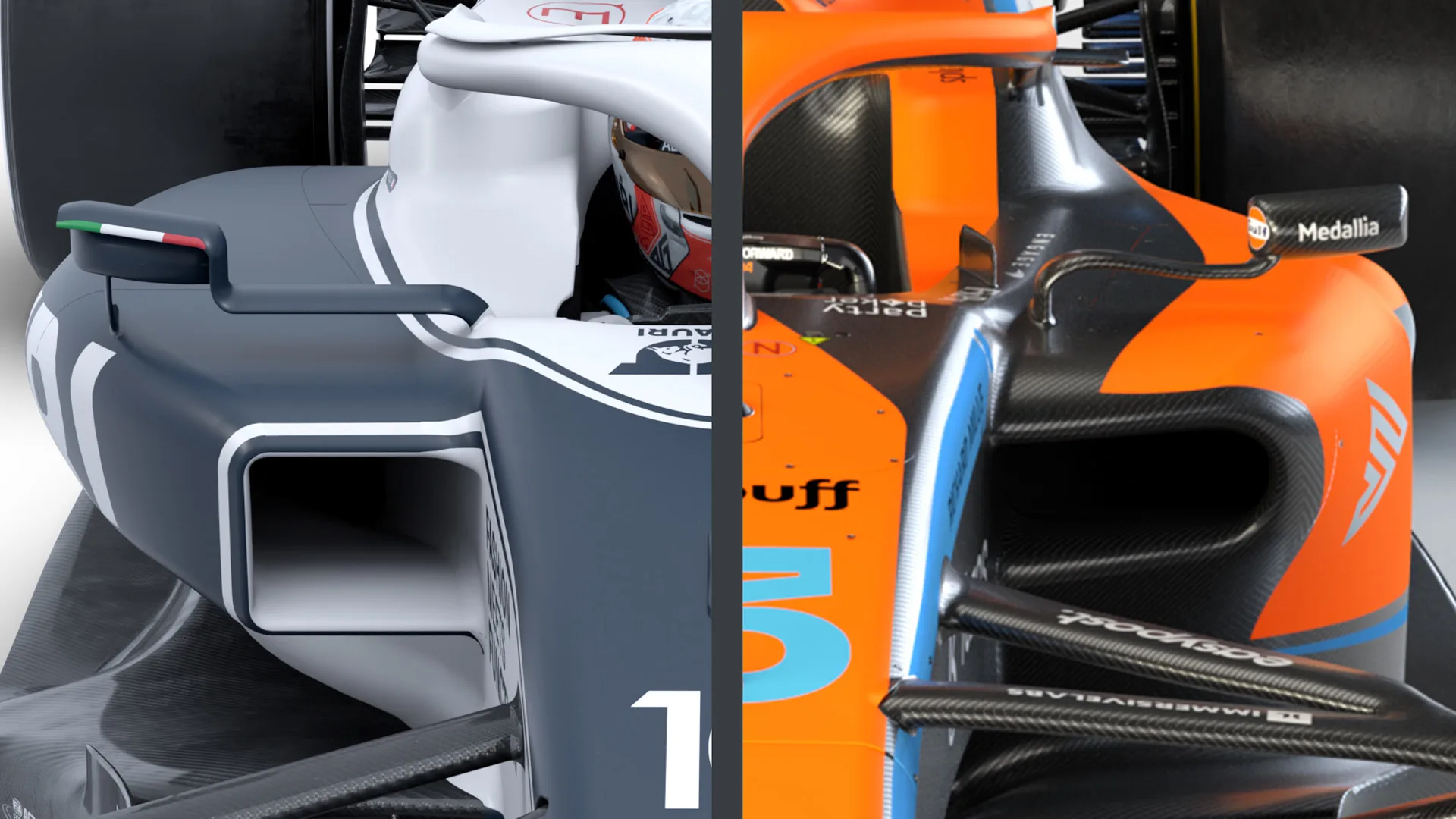
Rear-end Red Bull Clues
Because AlphaTauri will this year be taking the full 2022 Red Bull mechanical rear end (gearbox, hydraulics and suspension) we can see this is how the RB18 will be packaged, with pullrod activation of the suspension and a more Haas-like relationship between the front axle and sidepods, with the front axle appearing to be slightly further back than on the Aston and McLaren so as to maximise the length of the venturi tunnels in the floor while remaining within the maximum permitted wheelbase.
The implication from the bodywork shaping around the sidepods and engine cover is that, despite both power units sharing the split turbo architecture, with the compressor at the front, the power unit is further forward within the car than on the two Mercedes-powered cars so far revealed. The gearbox casing would therefore be longer.
The way that the sidepod downward ramp merges at the back with the upward ramp of the venturi tunnel is quite unusual. The hot air which has just cooled the radiator would not normally be fed into the diffuser area, so it may be possible that upward ramp is internally partitioned with an upper cooling exit and a lower venturi exit.
Last year AlphaTauri punched above their weight and were occasionally the third-fastest car on the grid. But that was with a well-honed design, refined from the 2019 Toro Rosso. Can they maintain such form in the new formula?
More on the 2022 Formula 1 car launches
Massive variation and ingenious solutions – What we learned from the first week of 2022 launches
ANALYSIS: Williams forge their own path with FW44 design
ANALYSIS: The key feature on the MCL36 that McLaren are hoping will give them an edge on rivals
ANALYSIS: The intriguing design features on Aston Martin’s new AMR22
ANALYSIS: What Haas’ VF-22 can teach us about how teams have approached the 2022 regulations
ANALYSIS: The fascinating design features – and Red Bull cues – on AlphaTauri’s AT03
Next Up
Related Articles
 Russell calls his Abu Dhabi performance ‘dreadful’
Russell calls his Abu Dhabi performance ‘dreadful’ Dr Helmut Marko to leave Red Bull motorsport advisor role
Dr Helmut Marko to leave Red Bull motorsport advisor role Norris collects World Championship trophy at FIA Awards
Norris collects World Championship trophy at FIA Awards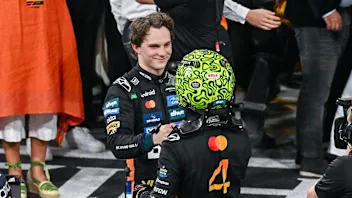 Piastri 'will be a world champion' in future – Norris
Piastri 'will be a world champion' in future – Norris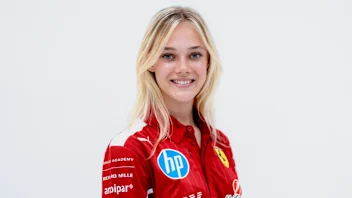 F1 AcademyFerrari sign Larsen for 2026 F1 ACADEMY campaign
F1 AcademyFerrari sign Larsen for 2026 F1 ACADEMY campaign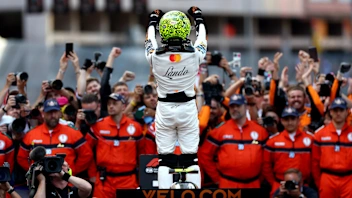 PalmerThe 6 defining moments of Norris’ title-winning season
PalmerThe 6 defining moments of Norris’ title-winning season